(This article originally appeared in an issue of the now-defunct magazine Retrofied.)
By Steve Spears
Who heard Charles Foster Kane whisper “rosebud” on his deathbed in Citizen Kane? (The butler.) Is Deckard a replicant in Blade Runner. (Probably.) Is Daniel-San actually the villain in the first Karate Kid? (Oh, just enjoy Cobra Kai and let this one rest!)
Great movies often challenge viewers with unexpected twists. But what are we to make of big-screen features that pose questions that never get adequately answered? That’s what the Internet is for – rehashing these mysteries endlessly in forums, threads and blogs. Here are several nostalgic movies that offer questions that seemingly will never be properly resolved.
WHAT’S IN THE BRIEFCASE?
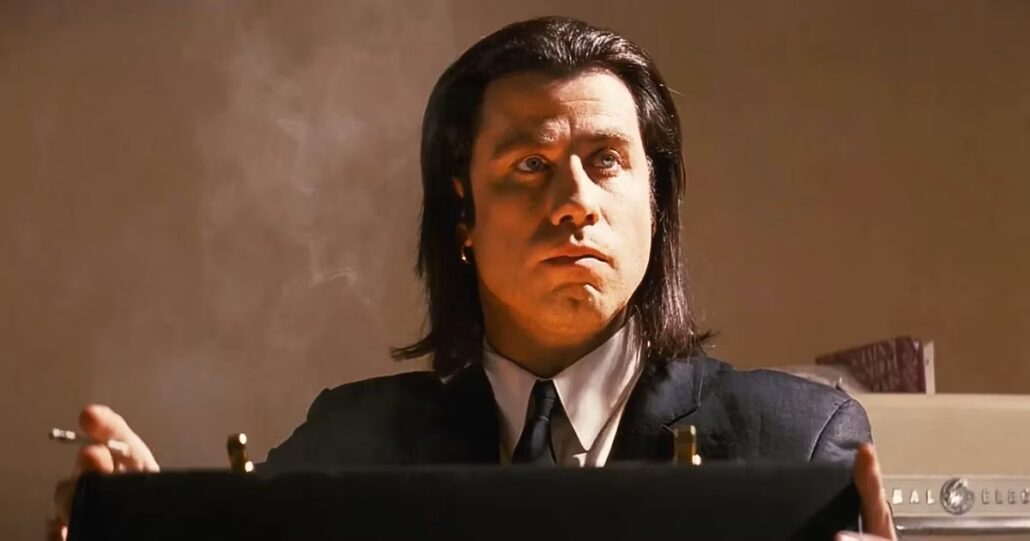
Fans of 1994’s Pulp Fiction love to debate the contents of the briefcase that seems to cause so much trouble in the movie. Film scholars recognize the briefcase as a “MacGuffin,” a mysterious item or event that moves a plot along. Alfred Hitchcock popularized the term with his 1935 movie The 39 Steps, so it’s not surprising to see director Quentin Tarantino offer an homage to MacGuffins in Pulp Fiction.
But what’s inside? Some fans and experts say it contains the diamonds from Reservoir Dogs, Tarantino’s first film. A more popular theory is that it holds the soul of the gangster Marsellus Wallace. The lock code is 666 – a number associated with the devil – and Wallace has a bandaid on the back of his head. (Ahem, that’s where the devil would remove your soul … or so we hear.)
For his part Tarantino has traditionally answered the query thusly: “It’s whatever the viewer wants it to be.”
PSYCHO KILLER OR JUST PSYCHO?
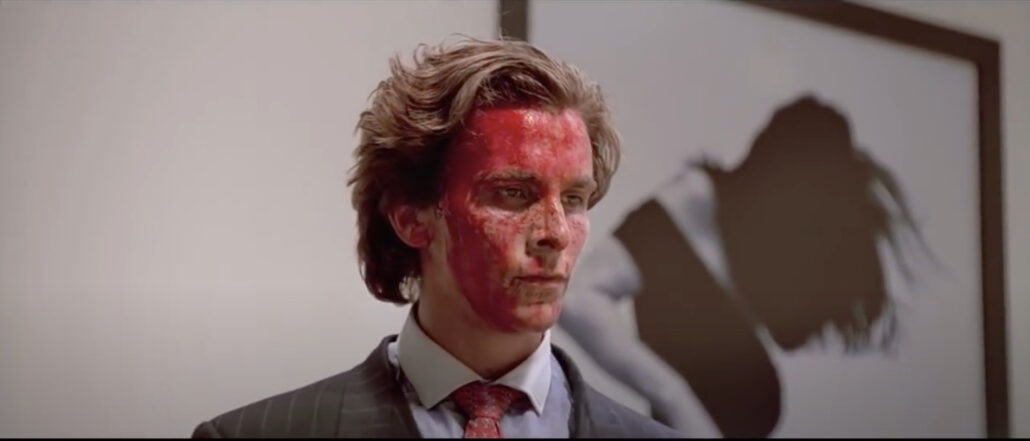
Did anyone die in 2000’s American Psycho or was it all imagined in the twisted mind of our anti-hero Patrick Bates? The novels of Bret Easton Ellis always seem to leave our heads spinning.
It would take volumes to probe each killing we think we witness in the movie. But consider this: Is the lead character even named Patrick Bates? He’s constantly misidentified by nearly every other character – including coworkers and his own lawyer.
Director Mary Harron, in a panel discussion on the film, offers one clue, saying she “failed” in the movie’s conclusion. “One thing I think is a failure on my part is everyone keeps coming out of the film thinking that it’s all a dream, and I never intended that,” Harron said. “It makes it look like it was all in his head, and as far as I’m concerned, it’s not.”
Either way, we’re steering clear of raincoat-wearing executives who invite us over to play ’80s music.
WHY SO GLUM, LUKE?
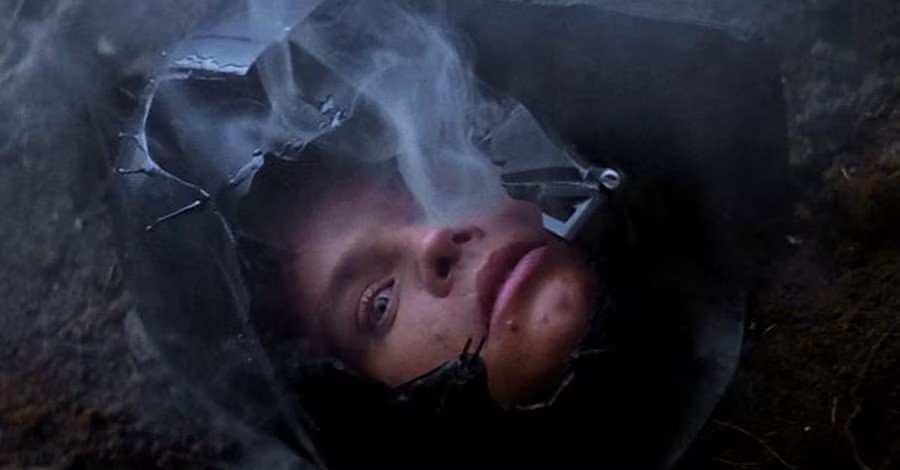
After countless movies and TV series, can we all agree 1980’s The Empire Strikes Back reigns supreme in the Star Wars universe? (Mandalorian fans can sit right down and hush.)
Still, back in 1980, my 13-year-old brain couldn’t wrap itself around the cave scene on Dagobah, where Luke Skywalker trains with Yoda to become a Jedi. “The Cave of Evil” is a test for the young pilot. When Yoda implores Luke to enter the cave defenseless – “Your weapons, you will not need them” – Luke proceeds anyway with his trusted lightsaber. Inside he encounters a vision of Darth Vader and a duel ensues. When Luke manages to sever Vader’s helmeted head, it’s revealed that the face inside is that of Luke’s. Or is it?
Fans usually say the face represents Luke’s fear of becoming Vader. A less popular theory is that it’s not Luke’s face but rather the face of a young Obi-Wan Kenobi. Sit and stew on how that’s possible – we’re just going to rewind the movie and watch the Battle of Hoth scene again.
WAS ‘STAND BY ME’ ACTUALLY PUBLISHED?
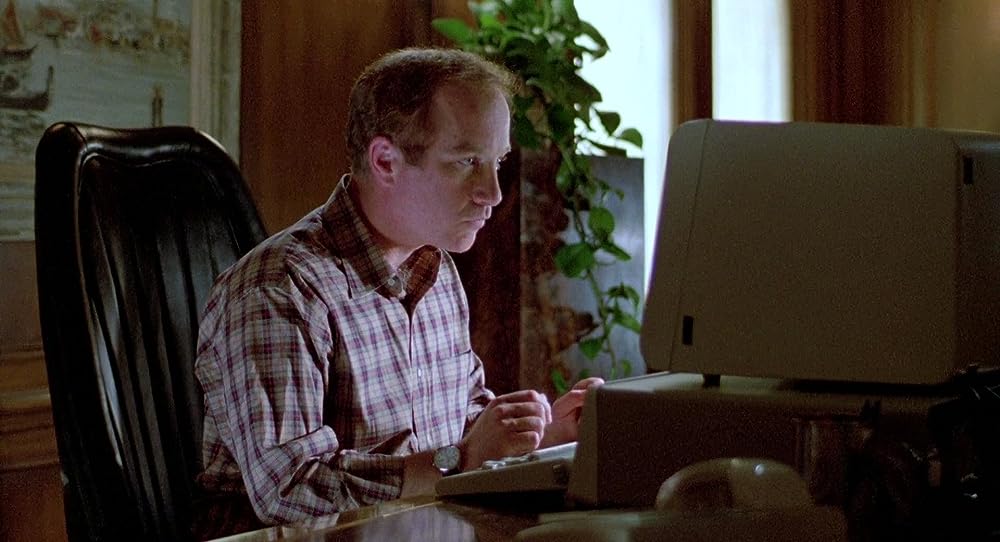
The movie adaption of Stephen King’s Stand By Me recently hit its 35th anniversary, and some people remain obsessed with one small detail or possible gaff at the end of the movie: When the older Gordie Lachance finishes typing up the story of his childhood friends and their search for a dead body, he turns the computer off – seemingly without saving his work.
In 1986, when the movie was released, we’re certain Adult Gordie wasn’t using Google Drive to save that manuscript. Did the filmmakers just miss the step of filming him saving the story on a floppy or did the writer intentionally delete his work?
Forget using the King novella The Body for clues, the movie version directed by Rob Reiner has plenty of deviations from the original story.
Much like the deer scene in Stand By Me – when young Gordie is visited by a deer in the early morning, a detail he says he never wrote about – maybe Adult Gordie found solace in simply reliving the story for himself. There was no reason to share it with others, so he just turns the computer off. Queue the music by Ben E. King and try not to sob at the possibilities.
WHAT’S WITH THE THREE SEASHELLS?
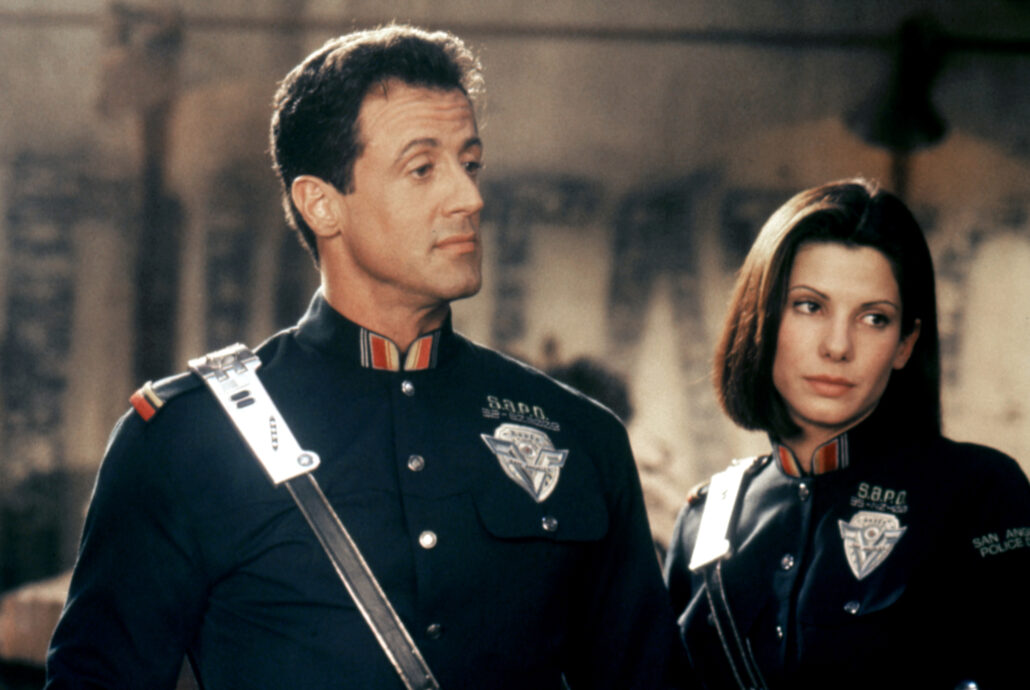
There’s a lot to love in 1993’s Demolition Man, including a utopian world where all restaurants are Taco Bell. This campy classic imagines life in the year 2032 in the city of San Angeles – a megalopolis after an earthquake devastates California.
Here, cursing is illegal, sex is virtual and toilet paper is non-existent. Wait, what? The film, directed by then-newbie Marco Brambilla, has a hodgepodge of screenwriters so we don’t know whom to give the credit for this rib-shattering laugher of a side plot.
When LAPD Sgt. John Spartan is thawed from a deep-freeze prison sentence, he goes looking for the TP, only to find it’s MIA, replaced by a shelf with three seashells. The other cops get a laugh at the idea of their predecessors using balled-up wads of paper in the bathroom.
When the bad guys are finally subdued at the film’s conclusion – and Sgt. Spartan has convinced society to give sex, salt and meat a second chance – all he wants in return is the answer to this: How do you use the three seashells?
If you’re honestly asking for the answer right now, you’re missing the punch line. However, in a 2006 interview, actor Sylvester Stallone revealed a writer told him it involves using two shells as “chopsticks” and the third as a “scraper.” Stop! That’s all we want to know. Be well, John Spartan.

